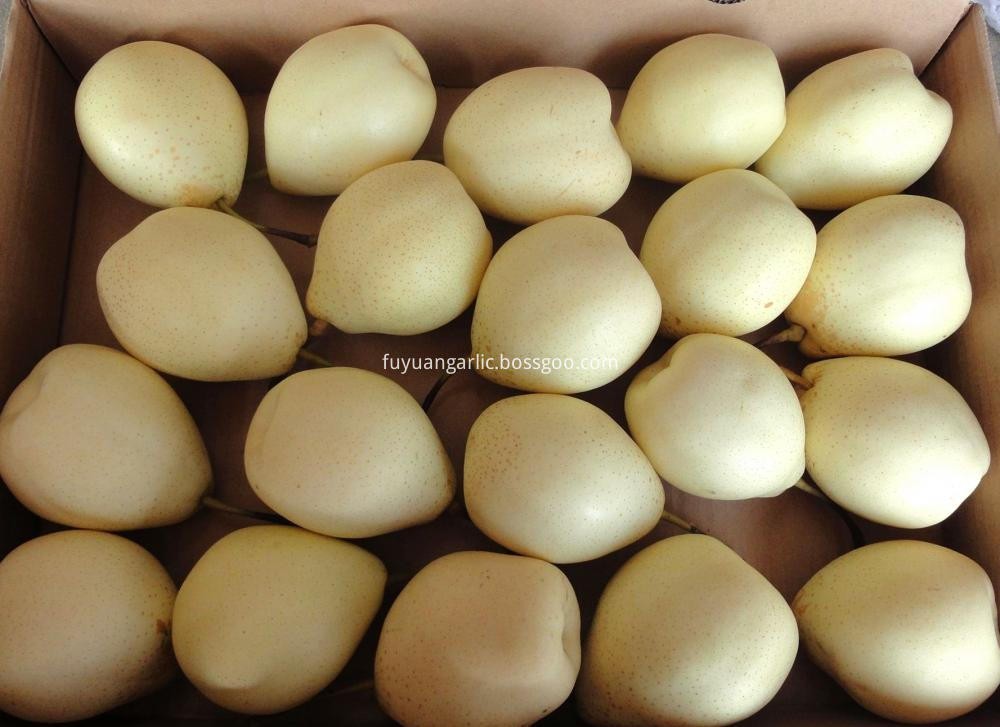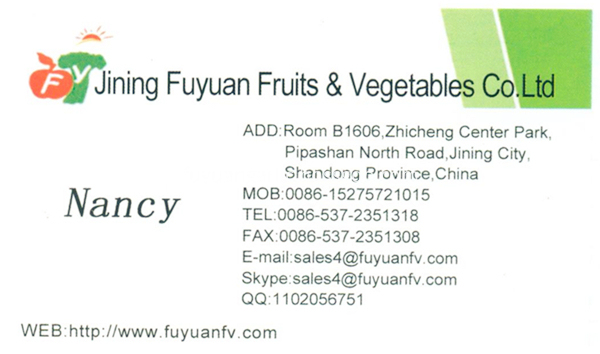Prevention and control of the disease mainly take the following measures: Antivirus disease should be adapted to local conditions to select rape varieties resistant to viral diseases, such as the resistance to turnip mosaic virus Ningyou 7, glycerol 5, oyster sauce 12, oyster sauce 13, Xiangza Oil No. 1, Rongyou No. 3, Yuyou No. 2, Zhongshuang No. 4 and other varieties.
Adjust the sowing date. According to the rainfall forecast for September-October of the same year, the sowing date should be determined, and less rain and drought should be appropriately delayed. Rapeseed field as far away as possible from cruciferous vegetable fields. Curing disease prevention. Timely use of dimethoate, 20% cyanogen, horse cream and other drugs to treat aphids. In the early stage of disease, spray 0.5% anti-virus mushroom proteoglycan hydrolysate 300 times solution or 10% virus king WP 500 times solution, or 1.5% plant disease emulsifier 1000 times solution, 83 agent increase agent 100 times solution , every 10 days, continuous control of 2 or 3 times.
Eastern European countries are the main import market of Chinese Ya Pear. Our company are committed to consistently supplying the products with the high quality and best price,health and non-pollution to customers. As for the customers from Eastern European countries,the customers usually choose the size of 38 to 44 and packed in 9kg carton or packed in 10kg carton,and put the sticker with the detail information on the carton. Each customers have different requirements for the size and package,which Our company can satisfy the different requirements of customers. We do our best service to new and the old customer,Therefore,our company is receiving support of many customers. Our company has a high reputation in this export industry.
|
Type: Ya pear |
Style: Fresh |
|
Size: 36#/40#/44#/48#/72#/80#/96# |
Grade: Class A |
|
Package: 4kg carton to 18kg carton |
Place of origin: Hebei province |
|
Taste: Sweet,soft,crisp |
Color: Light yellow |
|
Fresh season: August to September |
Supplying time: August to May Next year |
|
Payment term: LC/TT/Flexible payment term |
Crop: 2018 year |

If you need about it,please feel free to contact me,which is contact information as below.

Fresh Yellow Ya Pear,Fresh Water Pear,Ya Pear Fruit,Yellow Fresh Ya Pear
Jining Fuyuan Fruits And Vegetables Co., Ltd. , http://www.fuyuanfv.com